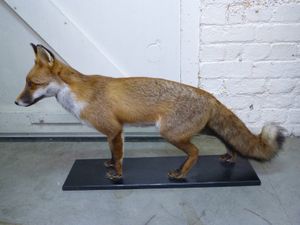UK gardens are full of beautiful wildlife. To celebrate, this Garden Wildlife Week we're diving into our collections to see what wonderful garden creatures can be found. Let's start with birds...
The Blackbird (Turdus merula)
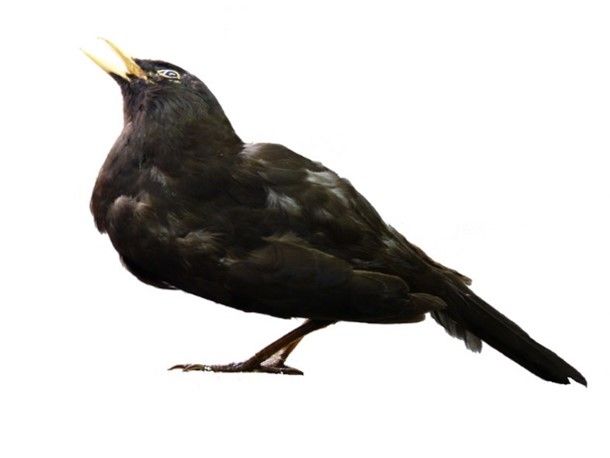
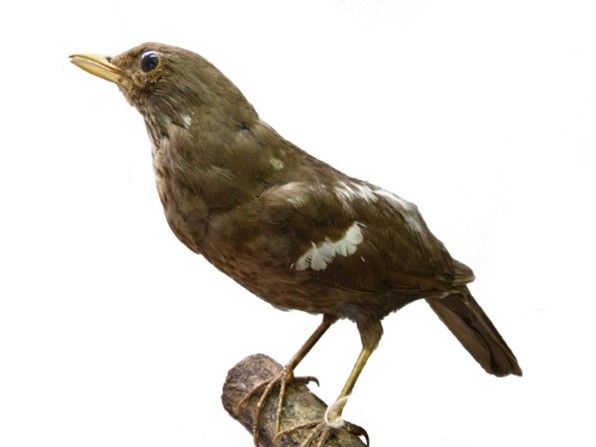
The blackbird is one of the most common garden birds in the UK, although rather confusingly, it is only the male that is that is black, as the female, along with young birds, is brown. A further confusion to identification can occur when both the male and females have some white feathers, a condition known as partial albinism.
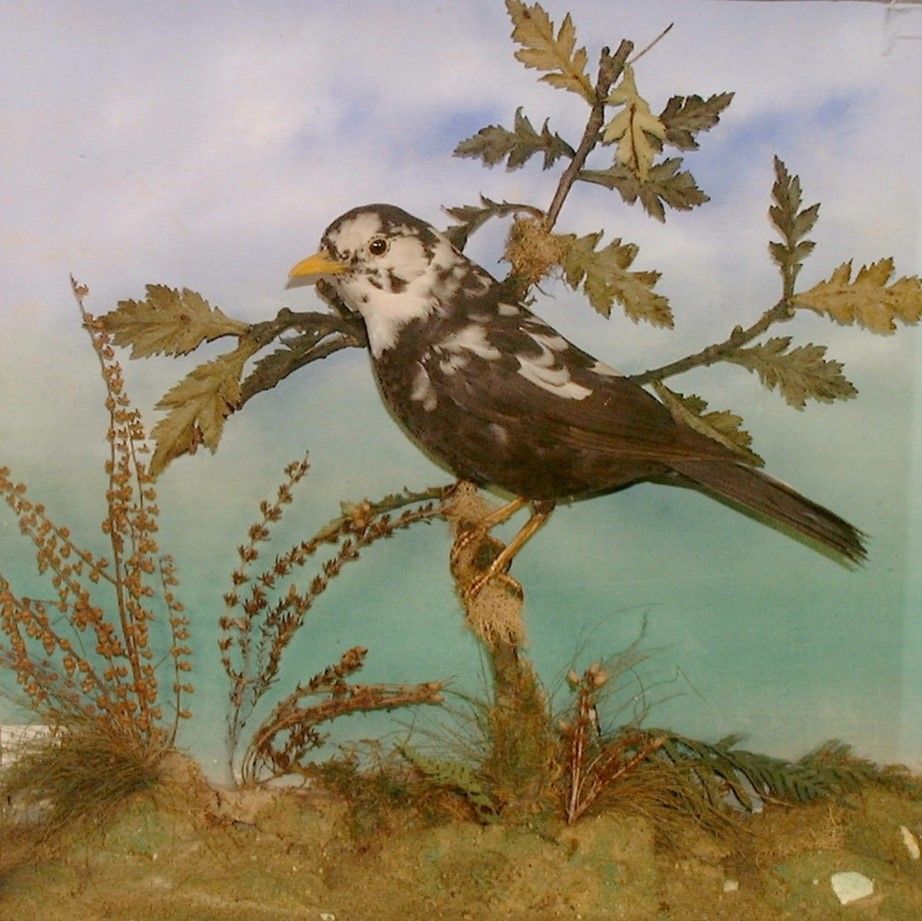
The diet of a blackbird consists of worms, insects, fruit and berries. Their mating season lasts from late March to early July and two or three broods will be raised in a year, sometimes even four. Therefore, even in June to August, there can be chicks in the nest, but they can survive outside the nest from as early as nine days. A typical clutch size (number of eggs) is three to five, but only 30-40% will survive to make fledglings.
Blue Tit (Parus Caeruleus) and Great Tit (Parus Major)
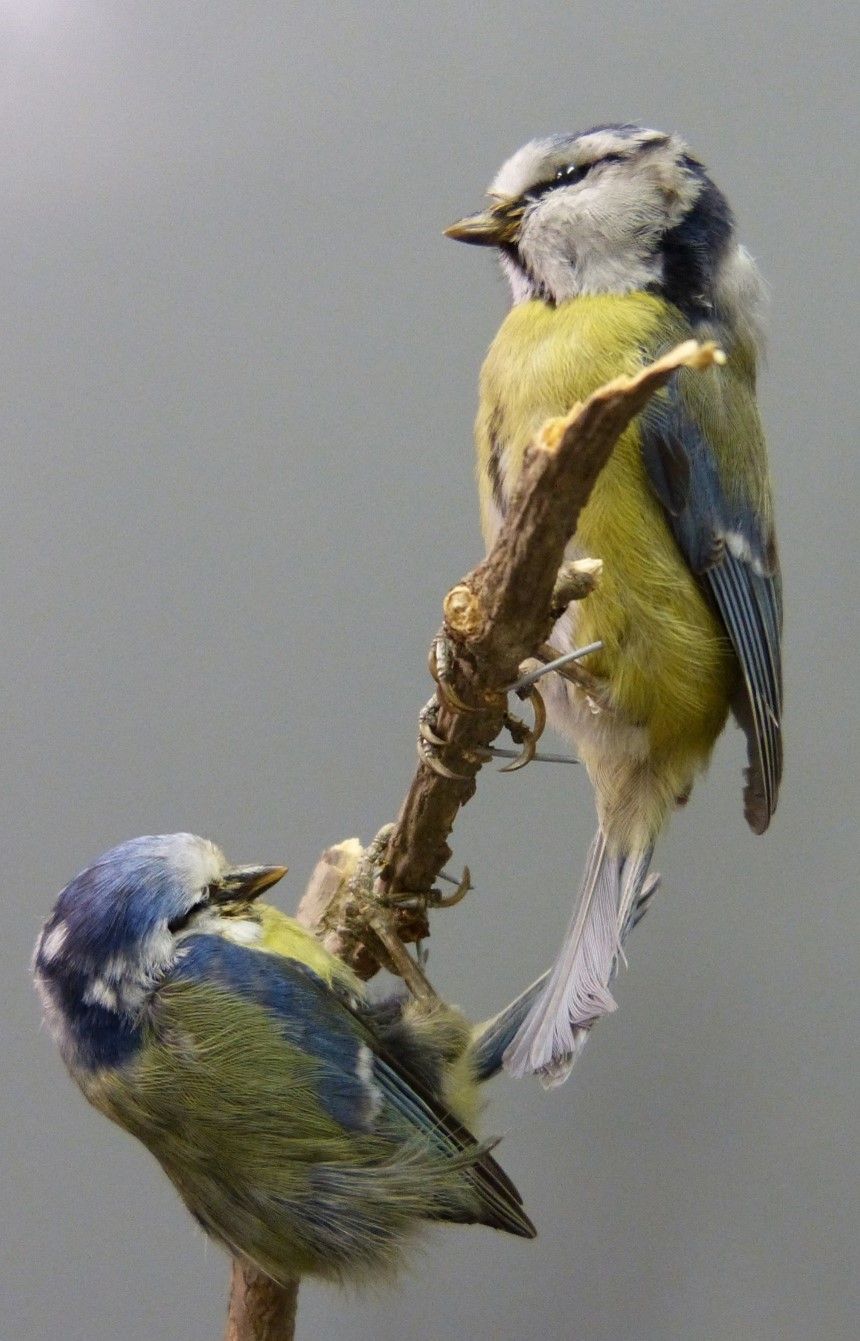
The blue tit is a familiar visitor to our gardens, especially in winter to feed from bird feeders. It is easily identified by its colourful plumage of blue, green and yellow. Nest building time is in late March and unlike many birds, blue tits will only have one brood each year, of around seven to thirteen eggs from late April to early May. By early June, the young birds are ready to leave the nest but stay close to their parents for a few weeks. Blue tits will stay in the United Kingdom all year and become dependent on garden feeders during winter but naturally feed on berries, aphids and caterpillars.
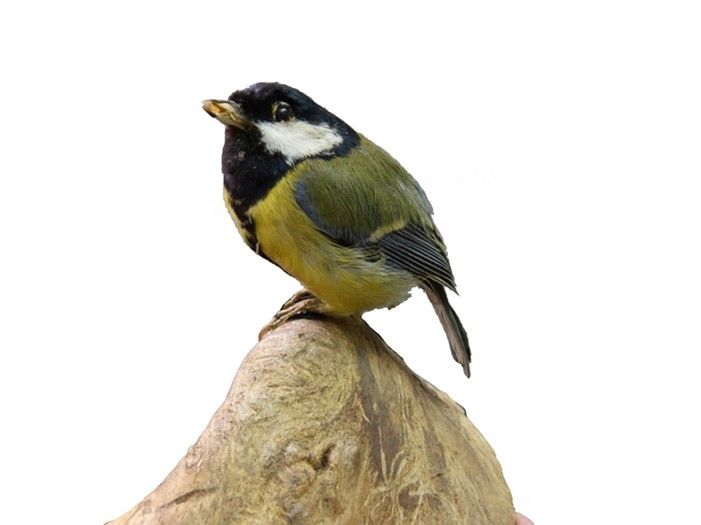
The great tit is larger than the blue tit, with black and white markings on its head and a yellow chest with a black stripe down the centre, but the younger birds have more sombre plumage. Egg laying takes place throughout May and with a 15-18 day incubation, plus the young remaining dependent upon the parents for approximately three weeks, the young birds will still be with the parents in early June. Like blue tits, great tits heavily rely on caterpillars for their diet during this time and both birds will need to find around 10,000 caterpillars if they are to successfully raise a brood. A great tit brood can consist of five - eleven eggs, but unlike the blue tit, the great tit is more likely to try for a second brood in a year.
If you have enjoyed Culture on Call and you are able to make a donation, please click the link below. Any support you can give will help us keep communities connected to culture in these difficult times.




